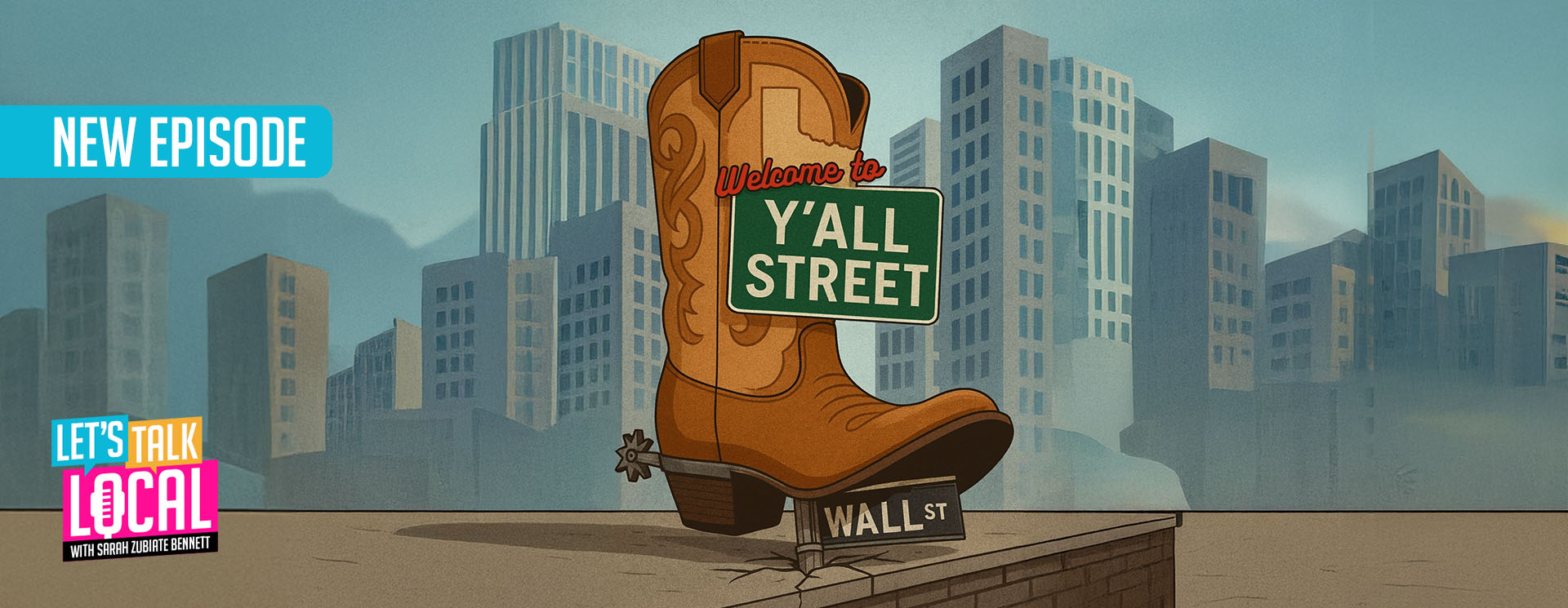Thirteen years in the trenches serving homeless women with children reinforced a grand life lesson for me: “treat a person as he or she is and watch them remain so. Treat a person as he or she can be and watch them become so.”
In our government’s sincere attempts to help the homeless, we have prevented many homeless people from achieving their potential. Because we do not help them get better, we condemn them to “remaining so.”
Absolving the homeless from societal requirements—allowing them to behave without the rules to which we all must adhere to thrive—prevents the government from effectively addressing the nation’s homelessness crisis, and from helping the homeless achieve their innate potential.
Imagine suffering from mental illness and addiction—as 78 percent of the homeless do, according to the UCLA Policy Lab.
Imagine sharing your challenges with a doctor. Imagine your shock as she responds, “I am writing you a life-long prescription for subsidized housing. You can continue to use all the drugs you’d like in this housing, and you can choose whether you’d like therapy to address your mental health issues. Oh, and you need not work to fund your rent, ever. This should fix you right up.”
Welcome to the government’s current response to homelessness: a counterintuitive, low-barrier, low-expectation, high-cost homeless policy called Housing First.
The Department of Housing and Urban Development (HUD) rolled it out in 2013. At the same time, it wholly defunded services such as substance abuse and mental health therapy. The department promised this one-size-fits-all approach would eliminate homelessness within a decade.
With the program’s 10-year anniversary nearly upon us, HUD’s Annual Homeless Assessment Report data paints a dire picture.
Under Housing First, the nation’s unsheltered homeless population—largely those living on the streets—rose by 20.5 percent, despite a 200 percent increase in federal homelessness assistance spending from 2009 to 2019, and a 42.7 percent increase in the number of permanent housing units dedicated to the homeless from 2014 to 2019.
In California, the only state to have fully adopted Housing First in 2016, unsheltered homelessness grew by 47.1 percent. During that time, the state saw a 101 percent increase in spending and a 33 percent increase in the number of housing units dedicated to the homeless.
These pre-COVID-19 surges occurred during a period of historically high economic growth and rapidly rising real wages.
HUD’s policy didn’t just permeate “progressive” states like California. Most of its funding is distributed through counties and Continuum of Care Boards where the financial heft of the HUD contribution often drives local policy as well.
Nonprofits that rely heavily on government funding—that is, the vast majority—were also forced to adapt to the Housing First approach to survive, including many shelter and transitional housing programs that historically imposed participation requirements and length-of-stay limits. The handful of nonprofits that stood their ground either perished or were “blacklisted” by policymakers and media who asserted Housing First was “the only way.”
What is left is a system devoid of choice, innovation, and accountability (or individual participation). Its failure is hardly surprising.
Still, under the shroud of three myths, “advocates” continue to assert the superiority of the Housing First approach.
The first myth is that more affordable housing will solve homelessness. HUD’s own data disproves this idea. If housing alone were the answer to homelessness, the nation’s unsheltered population would have declined, given the 42 percent increase in housing units dedicated to the homeless. That includes California, where housing units increased by 33 percent.
The second myth is that the homeless need permanent housing in order to be able to access services. Throughout the country, there are shelters and transitional housing providers that provide services in an efficient and cost-effective manner, albeit fewer than there were prior to the institutionalization of Housing First.
The third myth is that services are always available for housed individuals who want them. Never mind that people mired in mental illness and addiction are highly unlikely to request such services; by wholly defunding therapy services, HUD forced nonprofits to find alternative, nearly nonexistent funding sources. Furthermore, it defunded the nonprofits that require service engagement.
To address the nation’s homeless crisis, we must support the homeless in healing from their illnesses, including by requiring that they participate in this healing. We must reconfigure the system to fund their growth and productivity to propel them to achieving their full potential.
PRIDE Industries—the country’s largest employer of people with disabilities—is a great example of this approach. PRIDE demonstrates that everyone can work, no matter what his or her disability.
As CEO of one of the largest programs for homeless women and children in Northern California, I worked with more than 10,000 women and children during my tenure. Of the approximately 6,500 women with whom I worked, I cannot think of one who is not capable of contributing to her own well-being, to her family, and to society in some way—which in most cases, can also translate to self-sufficiency. Of the approximately 3,500 children, I have not met one who doesn’t deserve this example in his or her life.
We need to raise expectations and set the bar accordingly, not just for the homeless but for the nonprofits supporting them and for the policymakers who must ensure that policy uplifts, not condemns, the homeless.


